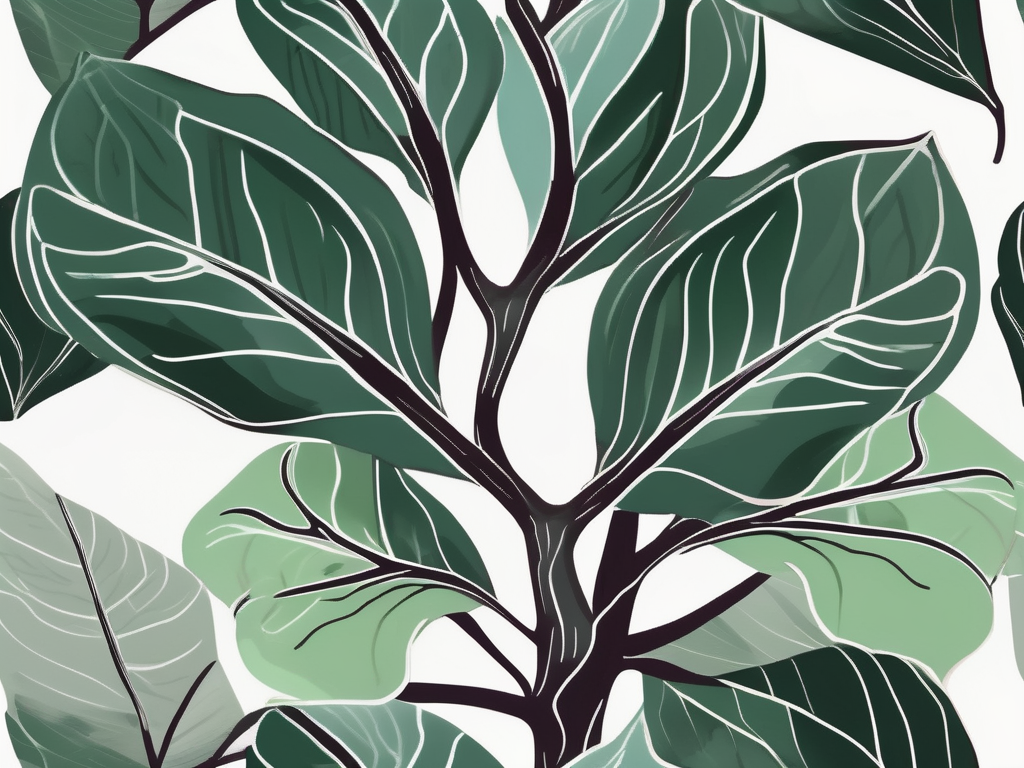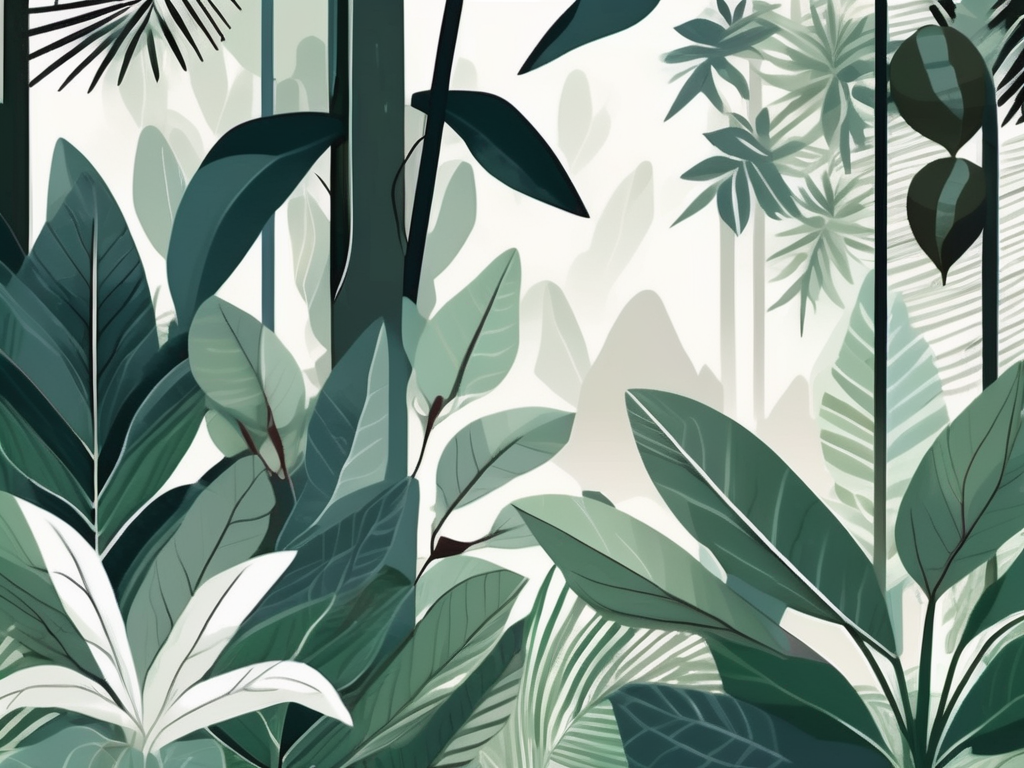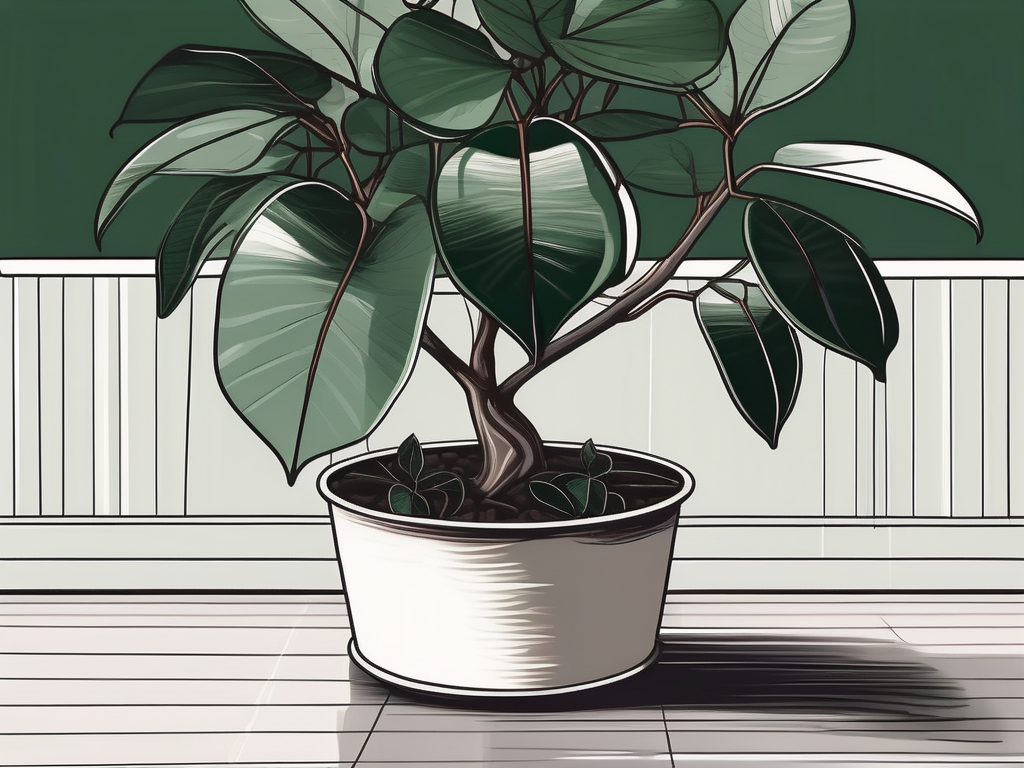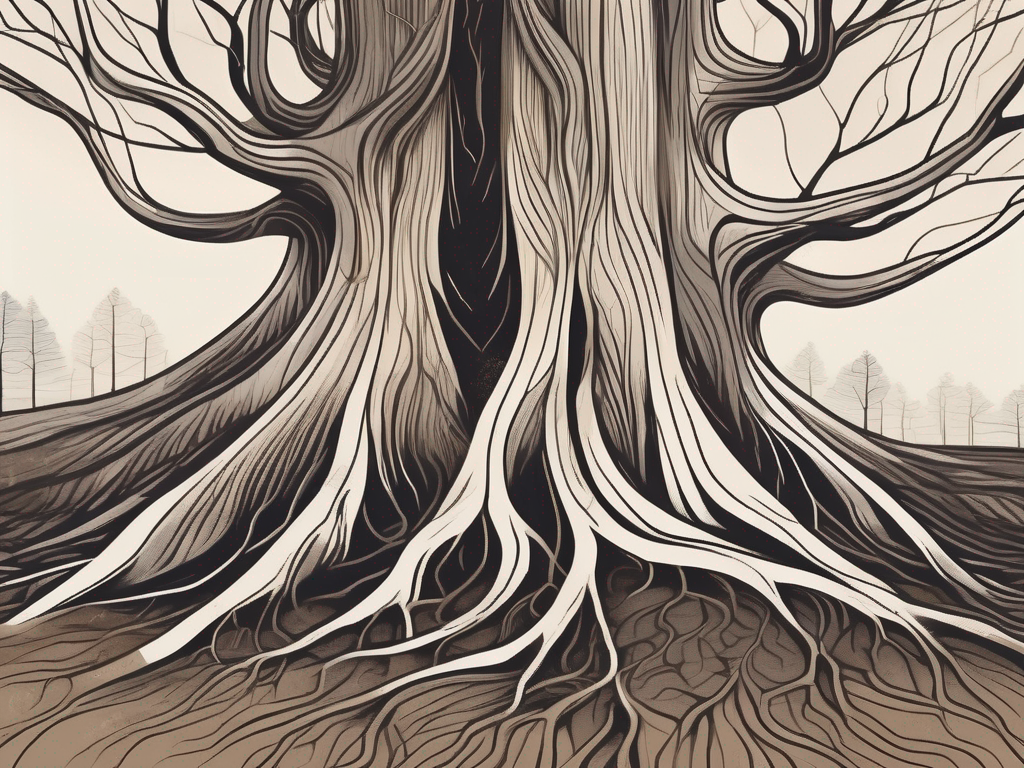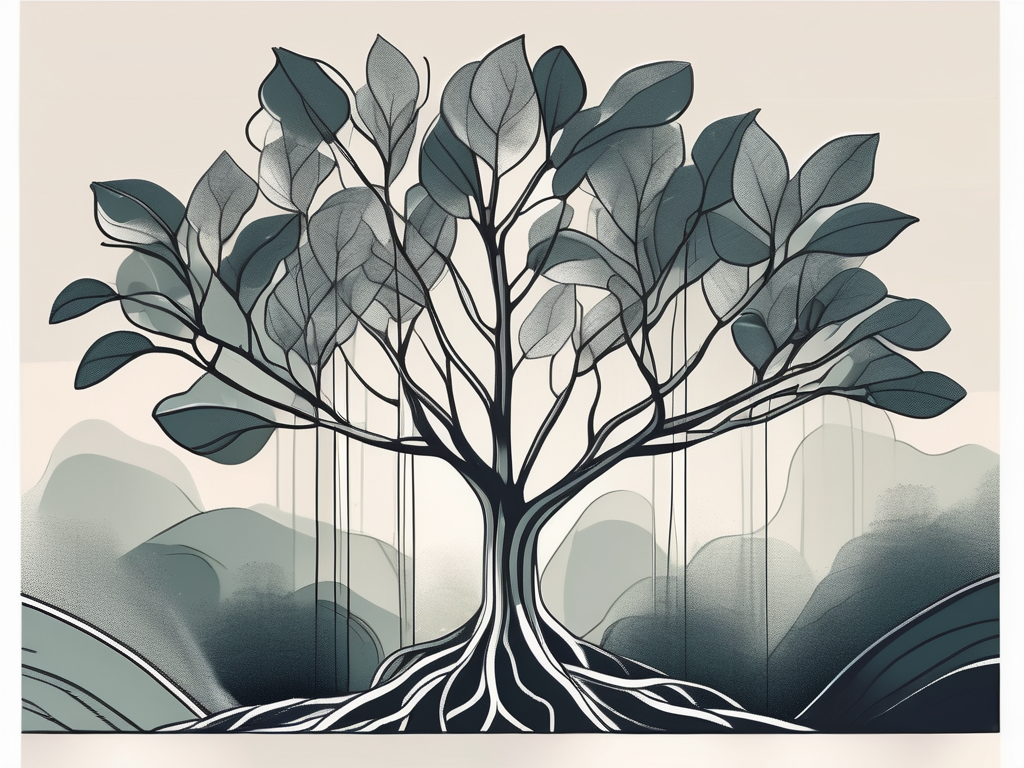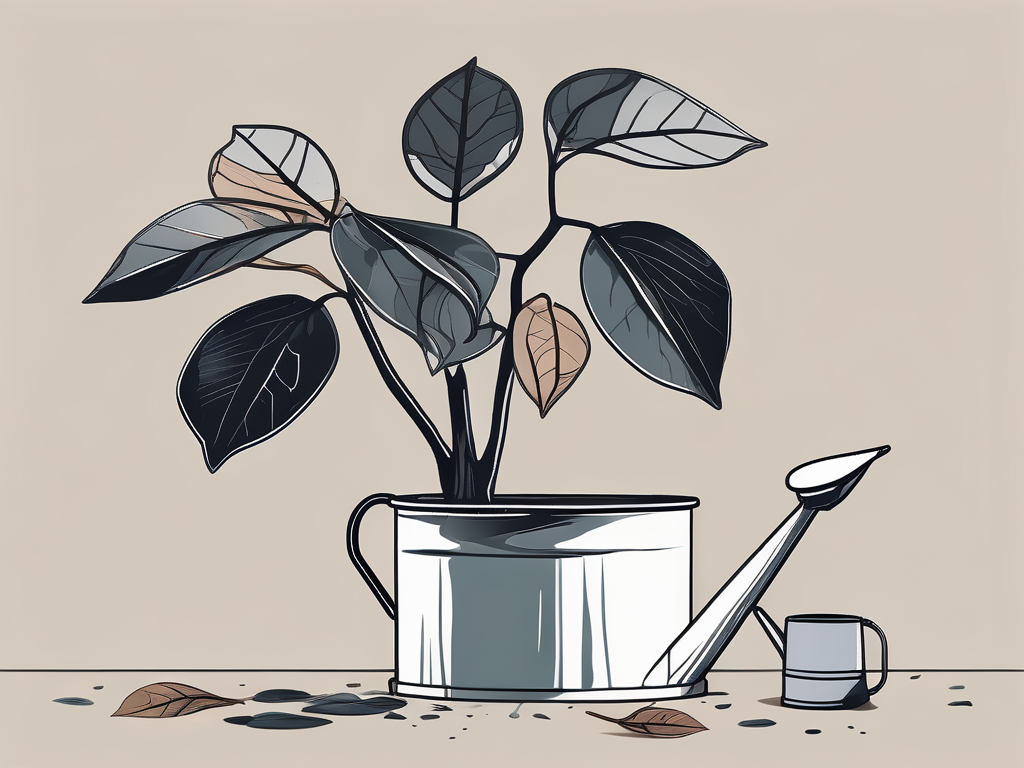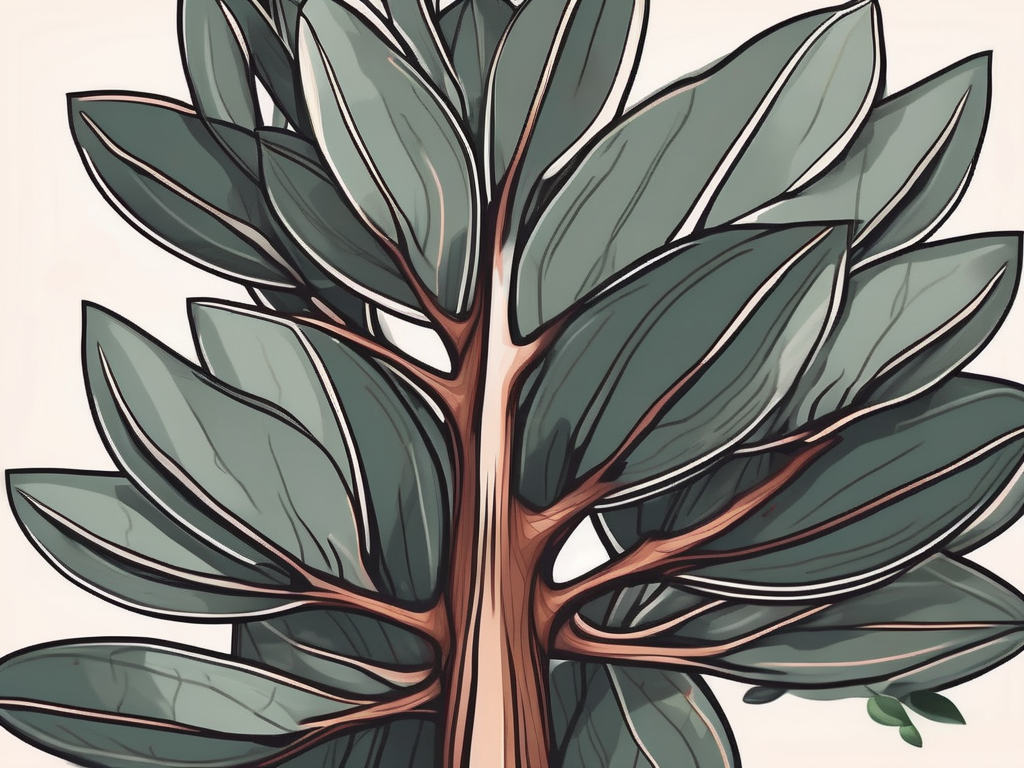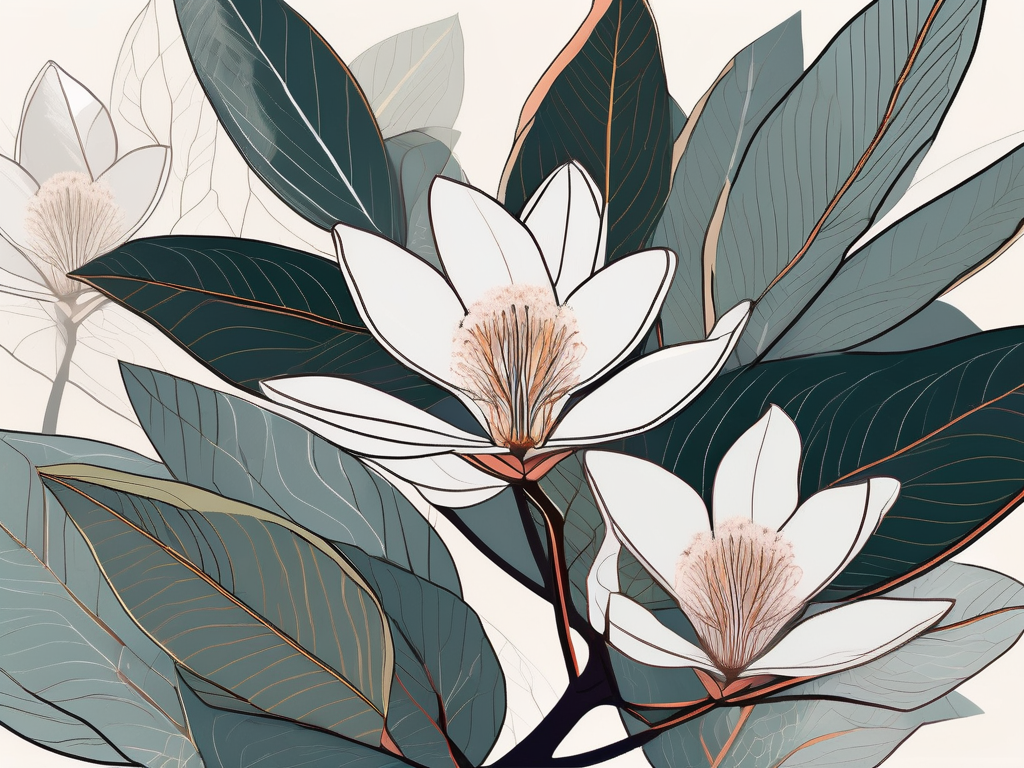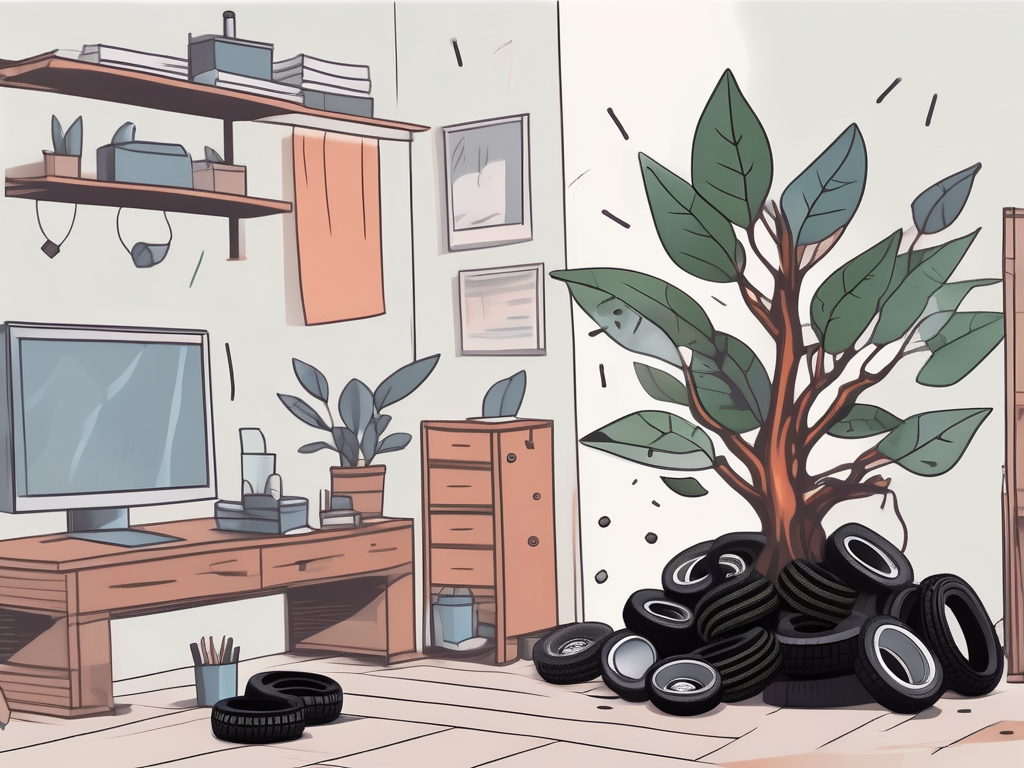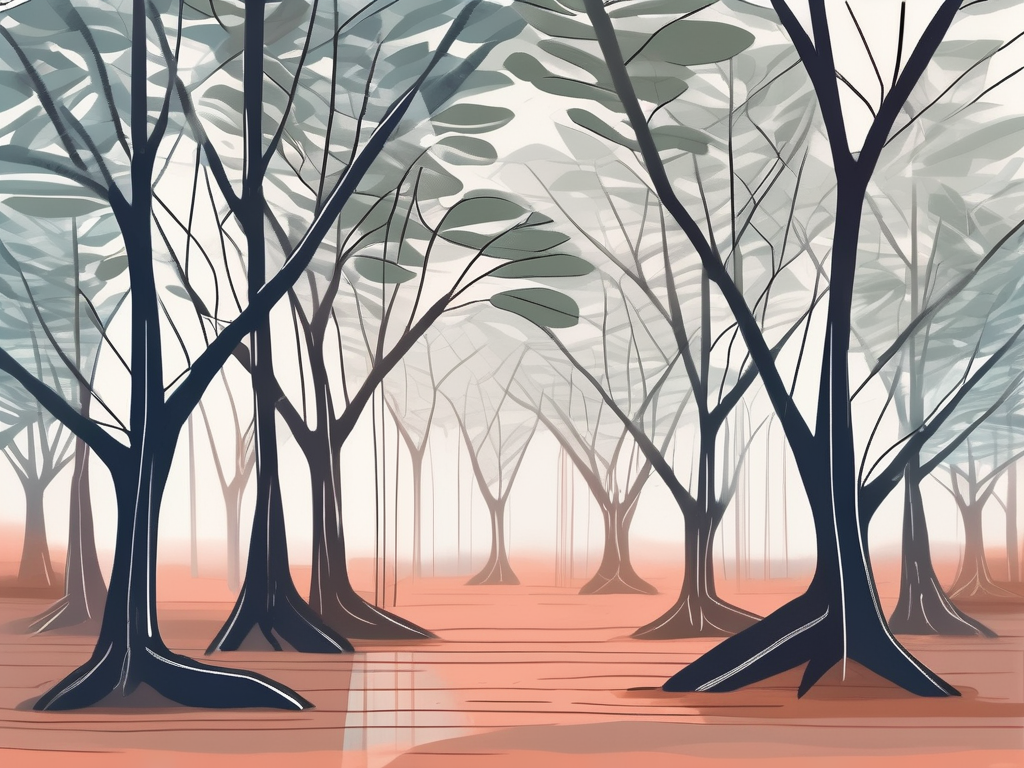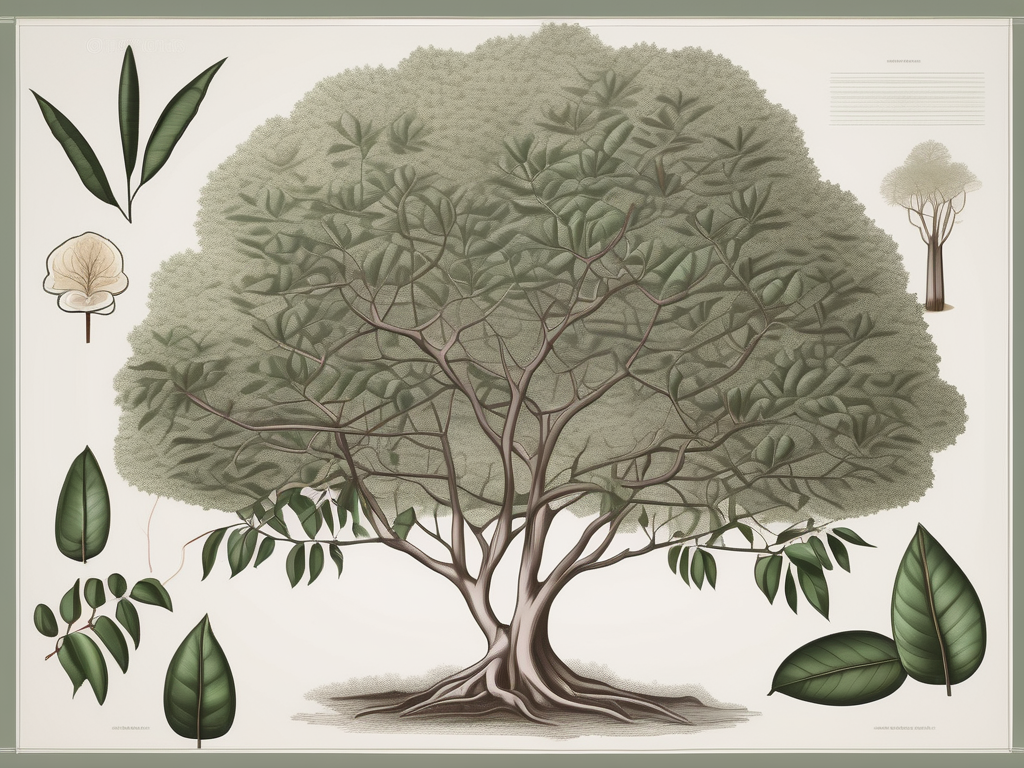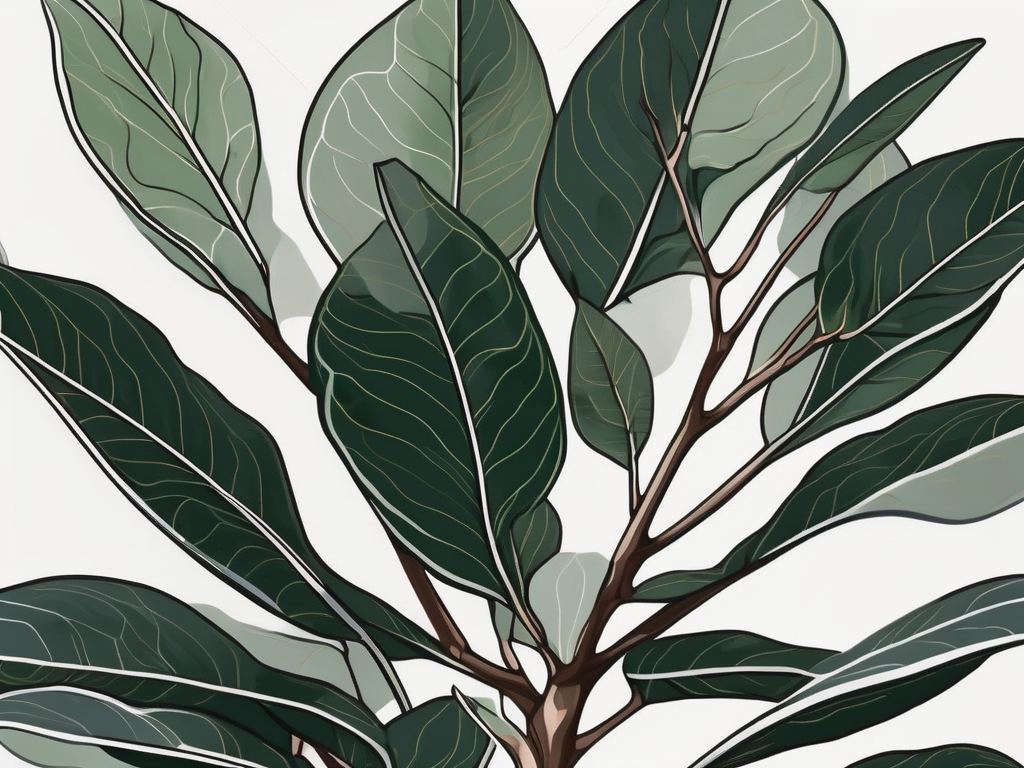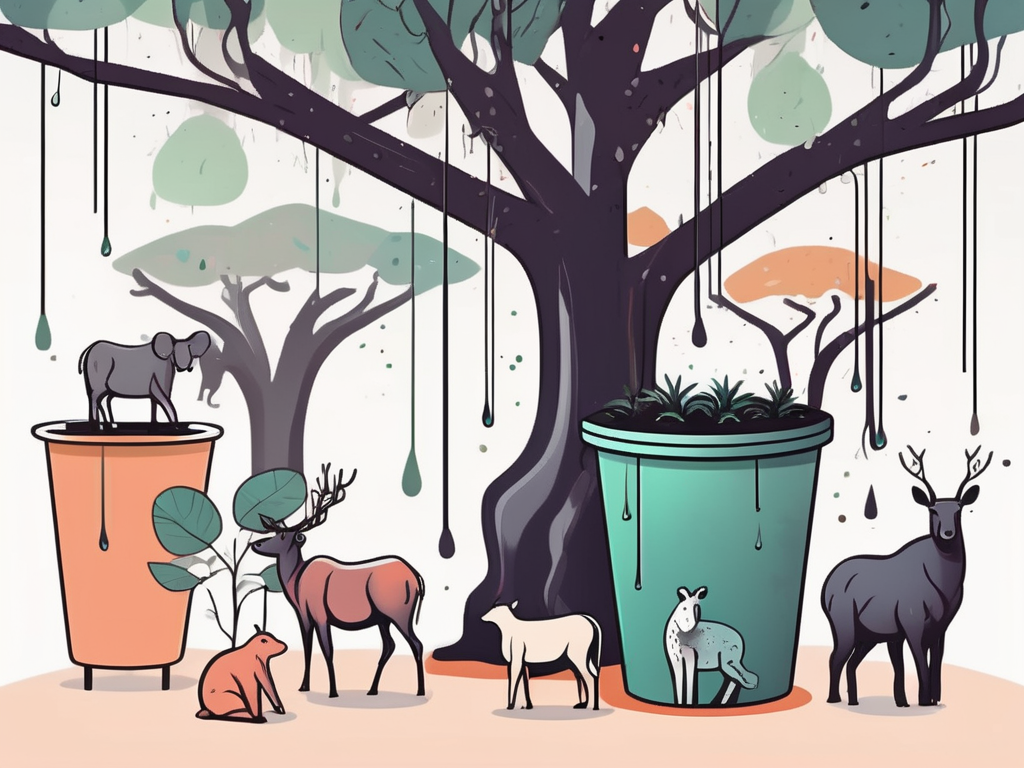
Rubber trees, with their glossy leaves and impressive stature, are a popular choice for plant lovers looking to add a touch of nature to their homes. But while they may be a delight to the eyes, a common question arises: are these beautiful plants safe to have around pets and children?
In this article, we’ll look at whether rubber trees are poisonous, discussing everything from safety concerns to how to handle them properly. We’ll also cover some tips on care and maintenance, ensuring your rubber tree thrives while keeping everyone safe.
Understanding the Rubber Tree
First things first, let's get to know our leafy friend a bit better. Rubber trees, scientifically known as Ficus elastica, hail from Southeast Asia. They’ve gained popularity worldwide due to their easy-going nature and ability to adapt to different environments. Their broad, shiny leaves can bring a bit of the tropics into your living room, making them an attractive choice for indoor gardening.
Rubber trees can grow quite large in their natural habitat, but indoors, they’re more manageable, typically maxing out at around 10 feet tall. Their growth can be easily controlled with regular pruning, making them versatile for any space.
Now, while these plants are low-maintenance, they do have a few quirks. They prefer bright, indirect light and need their soil to dry out slightly between waterings. Overwatering can lead to root rot, a common issue among houseplants. But don't worry, rubber trees are quite forgiving and can bounce back from most minor mishaps.
Are Rubber Trees Poisonous?
The big question: are rubber trees poisonous? The short answer is yes, but it requires a bit more context. Rubber trees contain a milky sap, which is a type of latex. This sap can be irritating to the skin and, if ingested, can cause mild toxicity in both humans and pets.
For humans, coming into contact with the sap might lead to skin irritation or rashes, especially for those with latex allergies. Ingesting the sap can cause stomach discomfort, but it’s rarely life-threatening. If you have curious kids who might be tempted to taste-test your plants, it’s best to keep the rubber tree out of reach.
When it comes to pets, the situation is similar. Cats and dogs who nibble on the leaves might experience vomiting, diarrhea, or drooling. Again, while these symptoms are unpleasant, they’re generally not severe. However, it’s always wise to consult with a vet if you suspect your pet has ingested part of a rubber tree.
Safety Measures for Households with Rubber Trees
Now that we know rubber trees are somewhat toxic, how can we ensure they’re safe to have in our homes? Here are some practical tips:
- Placement: Keep the plant out of reach of small children and pets. Consider placing it on a high shelf or using hanging planters.
- Education: Teach children that plants are for looking, not touching or tasting. Curiosity is great, but it’s important to set boundaries.
- Supervision: If your pets are prone to nibbling on leaves, try to monitor their interactions with the plant. Distract them with pet-safe toys or treats if they seem interested in the rubber tree.
- Protective Gear: When pruning or repotting, wear gloves to avoid skin contact with the sap.
These measures can help you enjoy the beauty of a rubber tree without worrying about potential dangers.
Caring for Your Rubber Tree
Besides safety, ensuring your rubber tree is healthy and vibrant is equally important. Here are some care tips to keep in mind:
- Light: Rubber trees thrive in bright, indirect light. Too much direct sunlight can scorch the leaves, while too little can lead to leggy growth.
- Watering: Allow the top inch of soil to dry out between waterings. Overwatering is a common mistake, so when in doubt, it’s better to err on the side of underwatering.
- Humidity: These plants prefer higher humidity levels, so consider misting them occasionally or placing a humidifier nearby.
- Feeding: During the growing season (spring and summer), feed your rubber tree with a balanced liquid fertilizer every month or so.
With a bit of love and attention, your rubber tree can be a stunning addition to your home.
Handling Pests and Diseases
Even the hardiest plants can fall victim to pests and diseases. Rubber trees are no exception, but with a little vigilance, you can keep them healthy.
Common pests include spider mites, aphids, and mealybugs. These nuisances can be managed with regular inspections and treatment. Here’s how:
- Inspection: Check the undersides of leaves and stems regularly for signs of pests.
- Cleaning: Wipe down leaves with a damp cloth to remove dust and discourage pests.
- Treatment: If you spot an infestation, use insecticidal soap or neem oil to treat the affected areas.
Diseases like root rot and leaf spot can occur if the plant is overwatered or exposed to poor air circulation. To prevent these issues, ensure proper watering practices and provide good airflow around the plant.
Creating a Beautiful Interior with Rubber Trees
Once you’ve got the care and safety aspects down, it’s time to think about how to style your rubber tree in your home. These plants can be a focal point in any room, thanks to their bold, glossy leaves.
Here are a few design ideas:
- Statement Piece: Use a rubber tree as a statement piece in a bright corner of your living room or office. Its dramatic foliage can draw the eye and add a natural element to your decor.
- Grouping: Combine your rubber tree with other plants of varying sizes and textures to create a lush indoor garden. The contrast between different leaves can add depth and interest.
- Pot Selection: Choose a stylish pot that complements your interior design. Whether you prefer a minimalistic look or something more vibrant, the right pot can enhance the plant’s beauty.
- Lighting: Position the plant near a large window where it can enjoy plenty of indirect sunlight, ensuring the leaves stay vibrant and healthy.
These ideas can help you incorporate your rubber tree into your home in a way that’s both stylish and functional.
Signs Your Rubber Tree is Unhappy
Like all living things, rubber trees have ways of communicating when they’re not feeling their best. Recognizing these signs can help you address issues before they become problems.
- Yellow Leaves: This often indicates overwatering. Check the soil moisture and adjust your watering schedule accordingly.
- Drooping Leaves: This can be a sign of underwatering or insufficient light. Assess both factors and make necessary changes.
- Brown Leaf Edges: This may suggest low humidity. Increase humidity levels by misting or using a humidifier.
- Slow Growth: While rubber trees are generally slow growers, extreme slowness can indicate a lack of nutrients. Consider fertilizing during the growing season.
By staying attuned to these signals, you can ensure your rubber tree remains happy and healthy.
Alternative Plants for Pet Owners
If you find that a rubber tree isn’t the best fit for your household due to safety concerns, there are plenty of pet-friendly alternatives to consider. Here are a few:
- Areca Palm: A non-toxic plant that adds a tropical vibe to any space.
- Boston Fern: These plants enjoy humidity and can be a great option for bathrooms.
- Spider Plant: Known for its air-purifying qualities, it’s safe for pets and easy to care for.
- Prayer Plant: These have beautiful patterned leaves and are safe for pets.
By choosing pet-friendly plants, you can still enjoy the benefits of indoor gardening without compromising on safety.
Final Thoughts
Rubber trees are a fantastic addition to any home, offering both aesthetic appeal and an easy-care nature. While they do pose some toxicity risks, these can be managed with proper precautions and care. By understanding their needs and monitoring their environment, you can enjoy a beautiful, thriving rubber tree without worry.
At Cafe Planta, we're here to help you on your plant journey. Whether you need advice on plant care or are looking for new additions to your collection, we’re just an email away. Follow us on Instagram to stay connected and join our community of plant lovers. Let's create beautiful, green spaces together!













